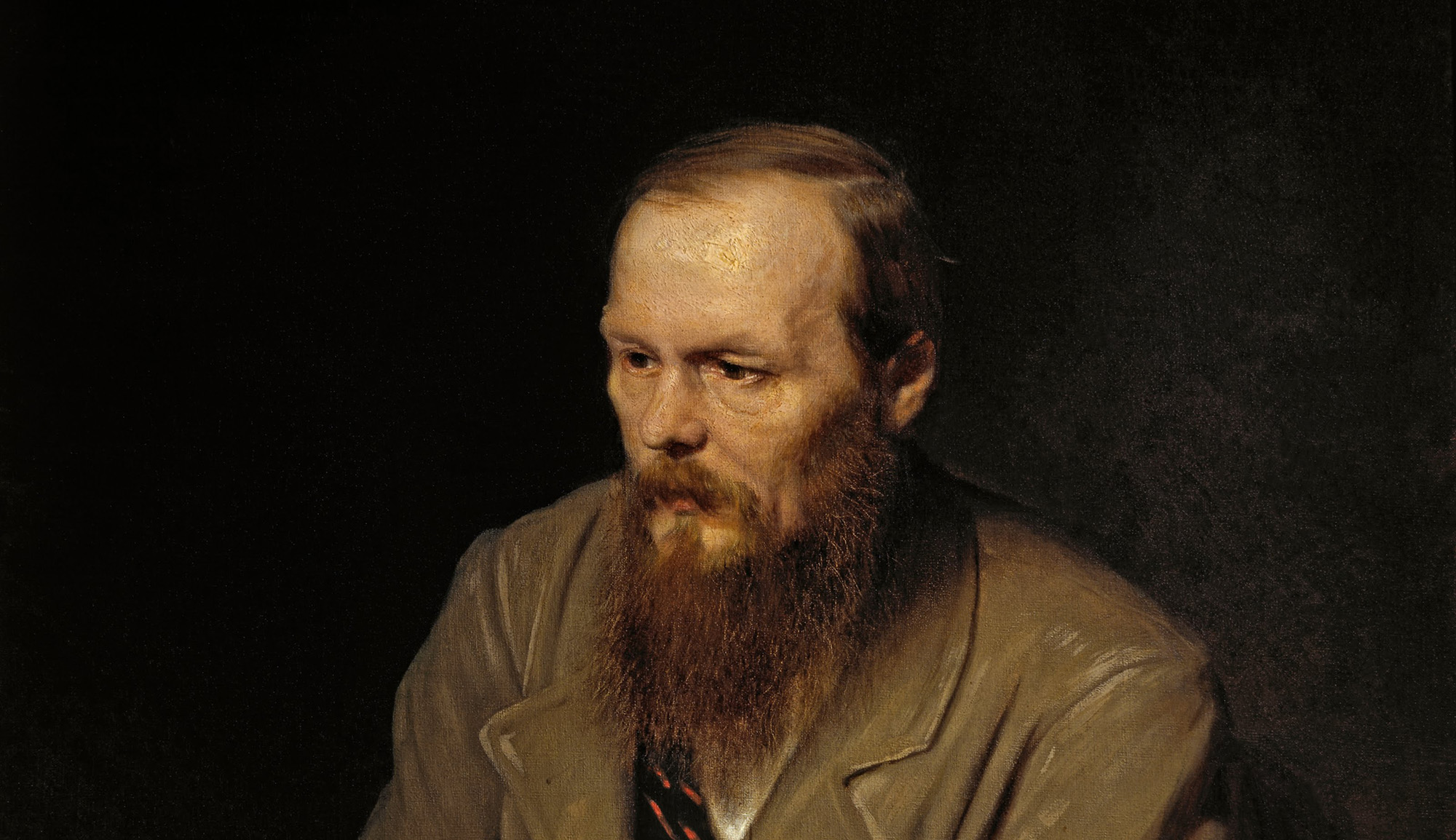As today is the Fast of Esther, which precedes the holiday of Purim (celebrated on Saturday night and Sunday), we offer the short story “Haman and Mordecai,” written between 1905 and 1916 by the great Yiddish author Sholem Aleichem. The story, in the words of the scholar Ruth Wisse, “uses the past to show up the corruption and smallness of the reality of present-day Jewry.” It begins thus (translation by Saul Henkin):
In the afternoon of the Fast of Esther, in one of the Jewish cities of our old home, a stagecoach came to a halt in front of a Jewish hotel. A passenger wearing a hat with three corners, like a hamantasch, sprang out. He looked like a rich magnate, with an angry, severe glare. Just behind him, out crept a Jew with a long caftan, a wide talis-kotn, a velveteen cap, a tousled beard, deep creases on his broad forehead, and the odd smile of a philosopher on his lips. He carried a very large bag and walked strangely, with long steps. His eyes never left the ill-tempered man in front of him.
“Do you have a room fit for my lord?” the Jew inquired of the hotel’s servant, an energetic young man with a dirty shirt and a yellow necktie. Once it had been the most antique of antiques—the necktie, that is—but over time it had lost its shine and form and taken on the look of a braid of Purim challah sprinkled with poppy seeds.
The servant greeted the travelers with great pomp, doffed his cap with fanfare, and led them inside the hotel. He opened the door to the biggest, best, most beautiful room: number 1, a room divided into two smaller chambers, as our travelers wished. The smaller antechamber was for taking off boots and hanging up coats. The lord, of course, took the large chamber, and the Jew took the antechamber. . . .
The Jew . . . made himself quite comfortable: he took of his velveteen cap (leaving his yarmulke on, of course), rolled up his sleeves to his elbows, and sat down on a stool by the door to his lord’s room. Not wanting the time to go to waste, he untied his bag, took out one of the small holy books, and engrossed himself in it. He bowed his head, closed an eye, chewed the tip of his beard, and nodded with his entire body. To the world, it all seemed contradictory. You couldn’t have it both ways: if this was a court Jew, how could he sit over a holy book? But what else could he be? If the two were complete strangers, why had he come with the lord? And what was he doing here on the Fast of Esther of all days?
To continue, please click on the link below.
Read more at Yiddish Book Center
More about: Arts & Culture, Haman, Jewish literature, Purim, Sholem Aleichem, Shtetl, Yiddish literature


